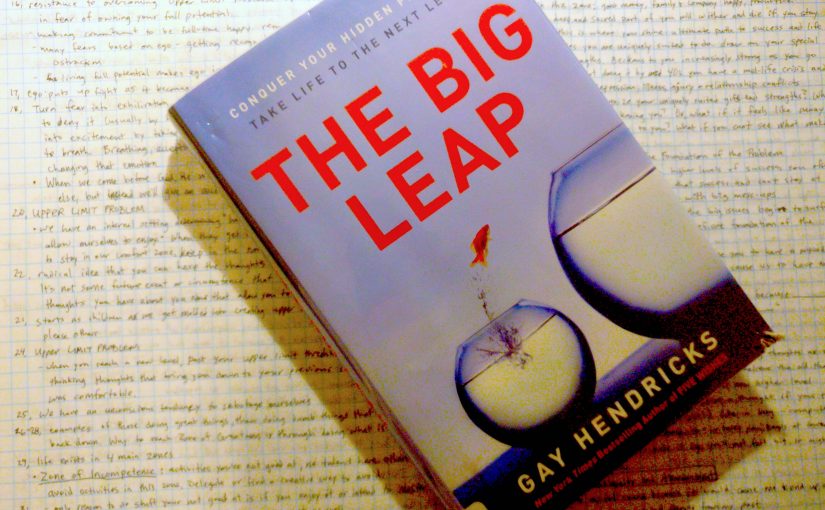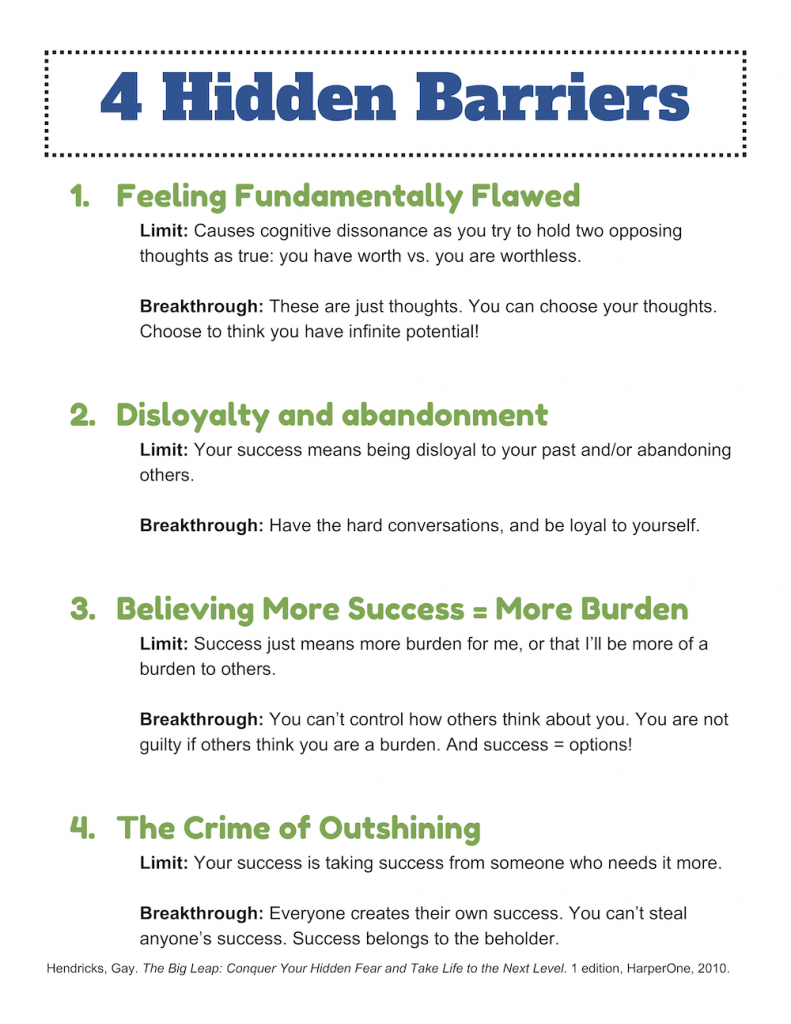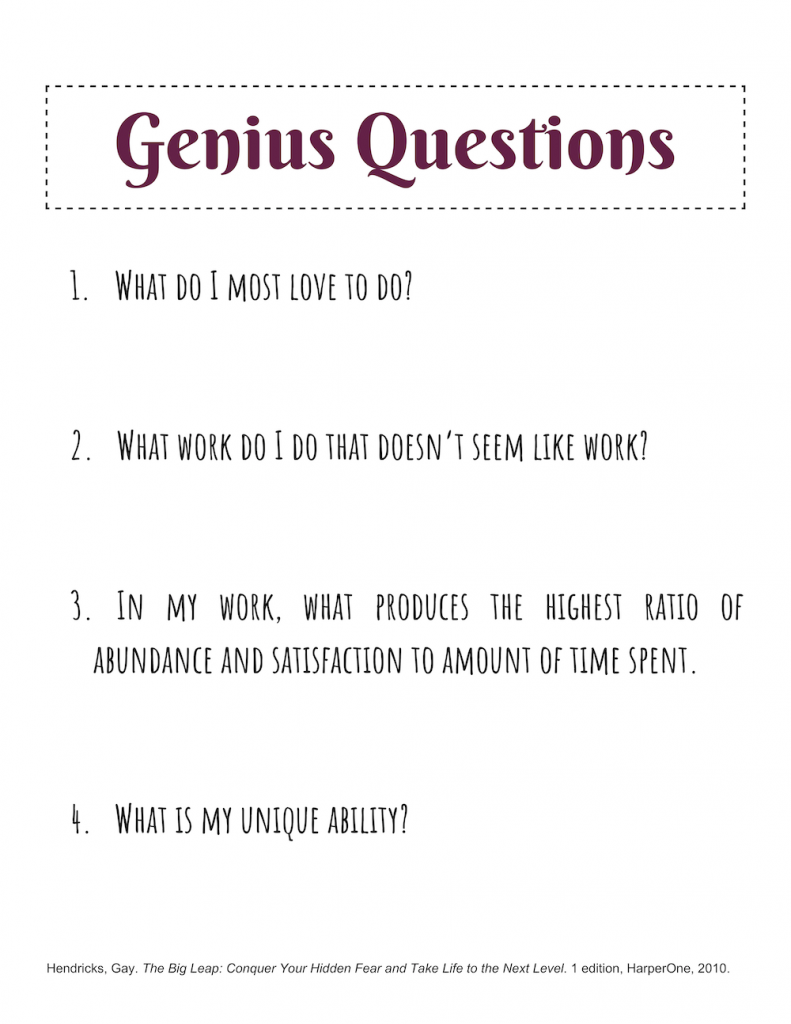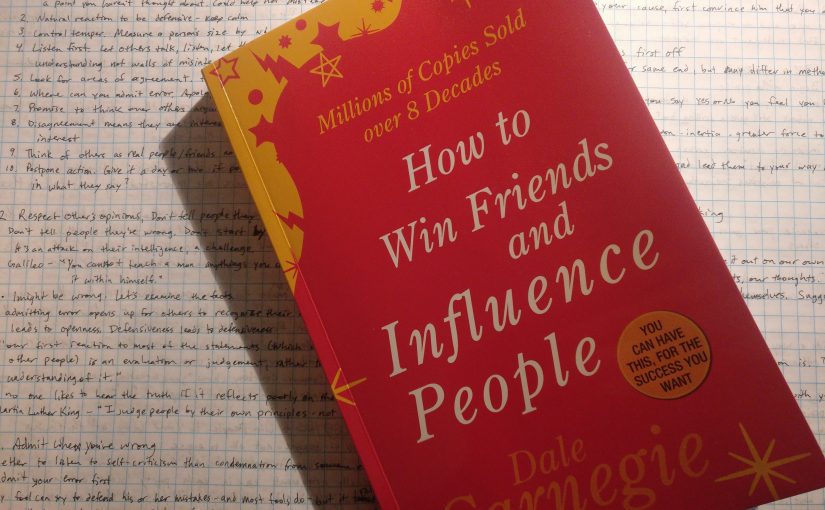I have a goal this year to read a book each month and then write up a review of that book by the 10th of the following month. I’m making it by the skin of my teeth this first time around.
The book I read in January (actually started reading it in November or December last year) is The Bonds That Make Us Free: Healing our Relationships, Coming to Ourselves, by C. Terry Warner.
This book teaches lessons and principles that I need so much to learn… The fundamental argument is that when we recognize the truth about ourselves and others (our connection as humans to each other through bonds of love) we are able to shed the layers of self-betrayal about ourselves and are free to be the kind of person we want to be.
The Truth About Ourselves
The first order of business is to realize a truth about ourselves. We tell ourselves lies in order to make ourselves feel better and help us believe we are good people. Each individual inherently believes that they are a good person. Problems arise when we fail at being the person we think we should be. In order to believe that we are still good at the core, we have to invent a way for our actions to be right, even if they are against our belief about what is good. We need to realize that when we feel offended, burdened or any negative reaction to another person, we feel those feelings because we are making the other person into an enemy in order to justify the way we are.
Warner talks about the distinctions between a conscience and what is right and wrong. A conscience is our inherent capacity to monitor what we are doing. (134) But if what we are doing seems too costly (for example, doing good to those that mistreat us), then we will convince ourselves that doing good is actually wrong or harmful to us. (111) Our sense of right and wrong can change. We can do what is right, but still be wrong. It reminds me of a phrase I say often to my kids when they leave the house (often enough that they can quote it back to me at any time), Do good, be good. But if you have to choose, be good. (Bonnie L. Oscarson, BYU-Idaho Graduation speech, 23 July 2014) Anything less than the ideal we hold in mind of ourselves causes us to invent a reason to justify our behavior. In the extremes, we turn others into enemies to keep ourselves in the “right”. It’s not that we don’t really feel the emotions. They are real, which makes the story we invent seem authentic. But really, we accuse others because of our mistreatment of them (30). You may feel anger, a real feeling, but it’s not because I made you feel anger. It’s because you are blaming or redirecting responsibility to me rather than you taking responsibility. That mental exercise of putting someone else in control of your emotions and life is misusing me, which causes you those feelings. If that is not the type of person you want to be, then those feelings are uncomfortable at best and painful at worst. Feeling those emotions makes you want to tell yourself a story about how you were right or justified in your actions and feelings and thoughts, which just further compound the issue.
Humans are fundamentally beings connected to each other with bonds of love. This innate, inherent connection is a human connection, a part of what makes us human. “Believing it is part of our being.” Warner talks about the light or truth that emanates from each human. This light or truth, is the reality of other creatures and of God that guides us in how we ought to respond to them. “The emotion we experience in the presence of the truth is love.” (202) So how we treat others, or our sense of how we should treat others, is connected to our sense of self. When we treat others in violation of our core sense of understanding ourselves, we need to make it seem like it wasn’t our fault that we acted in such a way. (36-37) We accuse others so as to excuse ourselves. (52) We become self-betrayers.
Playing the Victim
We too often make ourselves into victims in order to maintain justification for our actions. “We can’t feel justified in withholding kindness from others unless we find, or invent, some reason why they deserve it.” (64) And what we focus on, we get more of. If we look for it, we’ll find more of it, whatever “it” is. We’ll do almost anything to hold on to our victimhood, even destroying our options for future success and joy, just so we can maintain our sense of self-justification. (67)
Lest we feel worthless and without hope for goodness, Warner reminds us of two important truths:
- Humans are not inherently evil. We may do evil things, or be in bondage to evil, but that is because of self-betrayal, not inherent nature.
- Humans are infinitely worthwhile because of our infinite potential for good.
We can be victimized, it is true (we have no control what others do to us), but it is our choice to be or remain a victim. Our response to our circumstances is 100% our responsibility, even if we have no control over what circumstances we find ourselves in. (See Lynn G. Robbins, Be 100 Percent Responsible, August 22, 2017, BYU Devotional)
Because you are in control, you can change!
“Self-betrayers do not accuse others and make themselves miserable maliciously. A real fear motivates them–a real fear of something that is not real.” (78-79) Like a child scared of the dark–or what they think is in the dark. The fear is real, but the monster under the bed is not. They act in self-defense. We need to have compassion on them (and ourselves, for we are all self-betrayers), and understand their frame of reference, their life’s view and perspective. For if we don’t understand, then we can become entrapped in judging and condemning, invariably acting in a way that “proves” they are right and justified in their fears and justifying their actions.
We Do It Together
The cycle of self-betrayal requires others to play along. The cycle often looks like this:
- We have self-centered thoughts.
- We think we can hide our attitudes and feelings from others.
- When interacting (discussing, arguing) with others, we almost always feel accused, so we take offense. The other party is the same way (perhaps), and they respond the same way, feeling accused by our reactions, so they take offense.
- Perceiving their response, we feel justified in our being offended. In our minds, this proves our case and justifies our actions.
- We don’t see that our actions are mistreating and threatening the other person, and we don’t recognize that they aren’t trying to hurt us.
Warner calls this tango of tangled betrayals collusion, working together to feel justified in your self-betrayal. (95). We see someone elses solution as a problem, and our solution to our problem becomes their problem. “Generally speaking, we share responsibility for the way we are treated… To see ourselves, we need only to look at others’ reaction to us…. Seeing other people as the problem is the problem.” (94) How people treat us, can be a mirror, showing us how we are treating them.
A Change of Heart
Are we always stuck in this mode of self-betrayal? No! Is there any hope for really becoming who we think we are and really want to be? Yes! But it requires the most difficult thing we can offer, and really, the only thing we can offer. A change of heart. How do we do this?!
The first step, writes Warner, is to see the truth in other people. “Our humanity consists in our ability to sense and respect and respond to the humanity of others.” (129) We can sense the humanity in others, and we know within our heart of hearts, in the innermost part of us that is good and wholesome, the right way to act toward others in order to respect and honor them. (When we go against that, we then start this process of building a story around our actions to frame the experience as something we had to do–to retain our sense of goodness and to justify ourselves–which means that the other person is responsible for the negative outcome.) When we see others as they really are, the light and truth of them as fellow creatures with feelings, needs and desires, we open ourselves to a change of heart. “The fundamental ingredient is an awakening of each individual to the others and a willing effort to respond without any personal agenda in exactly the way that seems most right, considerate and helpful.” (130) Most simply put, we think less of ourselves, and more about others.
The second step is to open ourselves to others. When this happens, we drop the story we wrap around ourselves and others, and see them as they really are. We see their truth and light as a human being. It strips away the false justifications and rationalizations that come with self-betrayal. This usually happens in three ways:
- The other person doesn’t respond to us as we expected, thereby allowing us to see them in a new and truer way. Our guard of distortion is down, so that the true light comes through.
- The other person suffers in some way as to put our issues in perspective and melts our hearts.
- Learning the truth about the other. We often make judgements about others based on half-truths, missing information, and gossip. When we learn the complete truth of what someone has gone through, or the whole story of the situation, we can be open to them being a human. We are open to their light.
Importantly, for any of these to have an effect on us, we must be willing to be humbled.
But is there a way to get to the melting heart without going through one of these experiences? There is, but there is no scientific proof, no ready formula for changing your heart. Like your body healing from a wound, it will heal when it heals, but there are things we can do to help it. One thing we can do is try to see life through the other person’s eyes. Metaphorically put on their shoes and walk with them a mile. “Occupying the position of another person for even a few moments means admitting that he or she might not be guilty as charged, and with that admission, our previously inflexible accusation crumbles.” (167) A change of heart comes when we stop trying to change others and are willing to let them exist on their own. “Treat me as a person separate from yourself, but just as real–with hopes and needs of my own.” (171)
Another way to encourage a change of heart is to let others influence us. In this case, influence means letting “the truth about them guide us in treating them in the right way.” (176) We let them tell us how we should respond to them. What some people call the platinum rule, Treat others how they want to be treated. Additionally, when we allow others’ truth to influence us, we give them someone different to respond to, which influences them for change, which further influences us for change. In a happy, positive cycle, our change encourages others to change, which again inspires us to keep up the change.
One of the most powerful, and fundamental, things we can do to help our hearts change is to ask ourselves the question, “Might I be in the wrong?” (197) “There is much transforming power in frankly acknowledging the truth about our own wrong doing.” (198) Just pondering this question, or even asking it in the first place with sincerity, puts us on the path of thinking of others.
Warner offers seven steps of what a changing heart could look like.
- You see your fault, and acknowledge it
- You no longer see the other as the problem
- Resentment evaporates, and accusing and victimized feelings leave
- You recognize the real problem is self-absorption
- You are able to see the others in truth; to appreciate their feelings and needs
- The opportunity to do the right thing appears. You have more options besides defy or submit to the other. But these other options must be done with a changed heart, they can’t be counterfeit.
- You are able to influence others positively
Finally, I like the idea that there is no yardstick or rule of thumb to determine your honesty. Just as we don’t have rules about how to make our bodies talk. It’s such a simple, innate process. So it is with knowing when we are honest with ourselves. We just know when we are doing right or wrong. We are absolutely responsible for our own sense of right and wrong. (232)
Building bonds of love is a lifelong process of progression. The decision to change is made each day, each moment.




